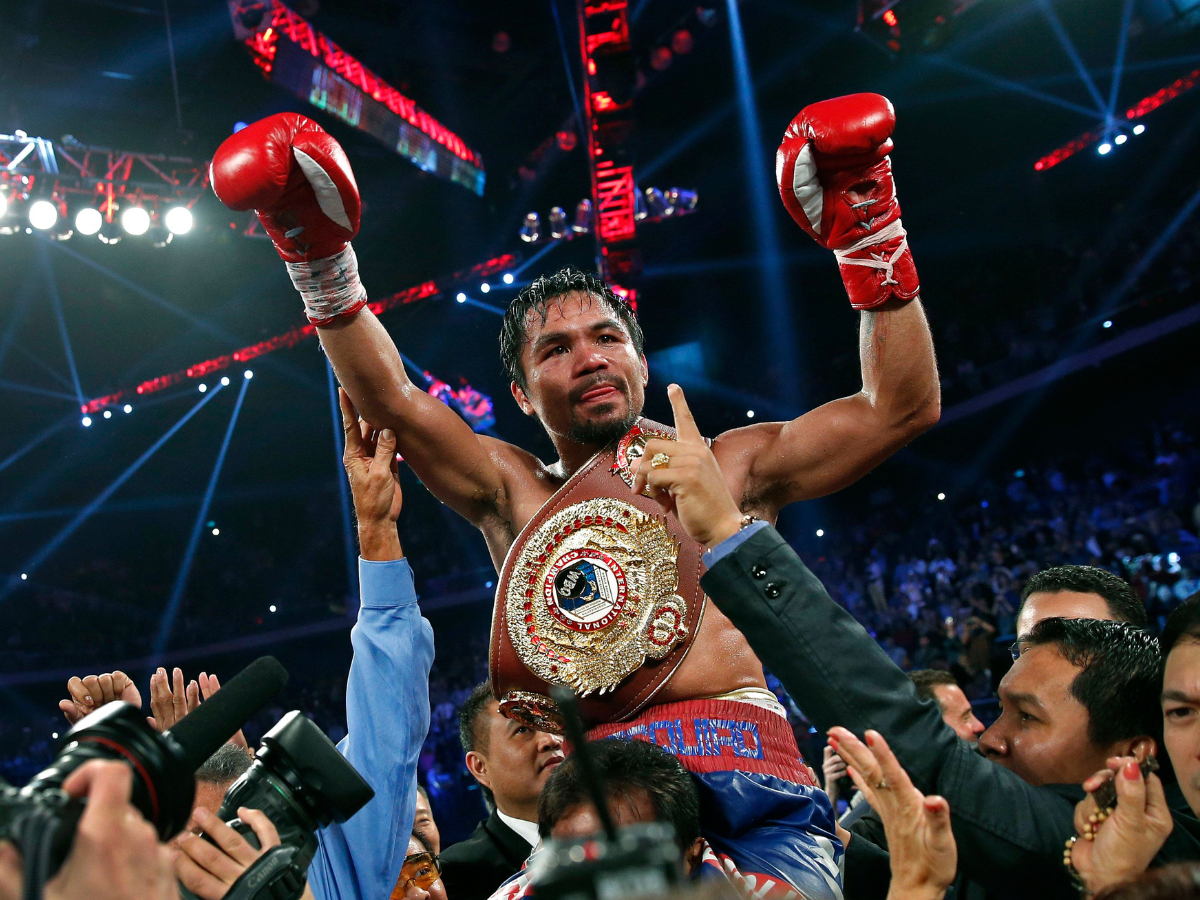Currencies are not merely figures displayed on a screen; they are vital to the global economy, affecting various aspects from travel arrangements to investment tactics. Whether you’re an experienced traveler, a knowledgeable investor, or simply interested in worldwide economic movements, knowing which currencies lead the market can be incredibly useful. This article will examine the ten strongest currencies projected for 2025, delving into the elements that bolster their strength and the economic influence they wield.
For travelers, understanding currency values is crucial for effective trip planning. This knowledge aids in budgeting, maximizing your money, and steering clear of unexpected issues while exchanging funds. Investors too gain from monitoring robust currencies, as their fluctuations can significantly influence market prospects and global investments. Whether you’re engaged in forex trading or simply handling everyday finances, a thorough comprehension of these currencies is vital for staying proactive.
Currency value is influenced by various factors, such as inflation rates, government policies, interest rates, and economic stability. Nations with stable political environments and effective fiscal strategies generally possess stronger currencies, resulting in greater purchasing power in the global market. Now, let’s explore the top 10 strongest currencies of 2025, examining what makes each unique and why they maintain significant value internationally.

A strong currency is one that has a high value compared to other currencies on the global market. Essentially, it means that you get more foreign currency for your own. For instance, if one Kuwaiti Dinar is worth more than 3 U.S. Dollars, you can see that the Kuwaiti Dinar is strong. But what’s behind this power? It’s a combination of economic factors that ensure a currency maintains its value and purchasing power over time.
| Rank | Currency | Country/Region | Currency Code | Value Against USD |
| 1 | Kuwaiti Dinar | Kuwait | KWD | 1 KWD = 3.26 USD |
| 2 | Bahraini Dinar | Bahrain | BHD | 1 BHD = 2.65 USD |
| 3 | Omani Rial | Oman | OMR | 1 OMR = 2.60 USD |
| 4 | Jordanian Dinar | Jordan | JOD | 1 JOD = 1.41 USD |
| 5 | British Pound | United Kingdom | GBP | 1 GBP = 1.31 USD |
| 6 | Gibraltar Pound | Gibraltar | GIP | 1 GIP = 1.31 USD |
| 7 | Cayman Islands Dollar | Cayman Islands | KYD | 1 KYD = 1.20 USD |
| 8 | Swiss Franc | Switzerland | CHF | 1 CHF = 1.16 USD |
| 9 | Euro | Eurozone | EUR | 1 EUR = 1.05 USD |
| 10 | U.S. Dollar | United States | USD | 1 USD = 1.00 USD |
Example 1: Kuwaiti Dinar (KWD)
Let’s take the Kuwaiti Dinar (KWD) as an example. For years, the Dinar has been one of the strongest currencies, and its impressive value stems from several favourable economic factors. Here’s a breakdown:
- Low Inflation: Kuwait successfully controls inflation, maintaining the stability of its currency’s value. This process is similar to safeguarding money in a secure place, which helps retain its value over time. Nations with low inflation tend to have a strong currency because their money maintains purchasing power more efficiently than other countries.
- High Demand for Exports: Kuwait’s wealth primarily stems from its extensive oil reserves. Given the global demand for oil, there is a steady necessity for the Kuwaiti Dinar for purchasing. As individuals and businesses worldwide require Kuwaiti oil, they concurrently need Kuwaiti currency for transactions, thus enhancing its value.
- Political Stability: Kuwait boasts a reliable political climate that instills confidence in investors. A secure political environment encourages investors to maintain their financial commitments, increasing currency demand and further enhancing its strength.
The Kuwaiti Dinar remains robust due to three crucial factors: low inflation, strong export demand, and political stability. When examining the strongest currencies of 2025, we will notice that many experience similar influences.

The First one on the list is the Kuwaiti Dinar (KWD), which stands out as the world’s strongest currency, valued at 1 KWD for every 3.25 USD. What contributes to this exceptional value? The answer lies in oil. With some of the largest oil reserves in the world, Kuwait earns substantial revenue. This affluence enables the country to uphold robust foreign reserves and enforce stable fiscal policies, which sustains the Dinar’s high value.
Kuwait’s relatively small population, when compared to its substantial economic wealth, contributes to the strength of its currency. Thanks to its strong economy, the Kuwaiti Dinar provides stability in forex trading, making it a preferred choice for investors interested in the Middle East.

Next on the list is the Bahraini Dinar (BHD), currently valued at 2.65 USD. While Bahrain’s economy has historically depended on oil exports, the nation has actively expanded into areas such as banking, finance, and tourism. This diversification has strengthened Bahrain’s economic stability and established it as a regional financial center. A significant aspect of the Bahraini Dinar’s strength is its peg to the U.S. Dollar, which guarantees currency stability, even amid fluctuations in global oil prices. For investors, this pegging offers peace of mind, as the BHD provides long-term reliability in a typically unstable market.
While Bahrain’s oil reserves may be smaller than those of its neighbours, the government has cleverly reinvested its oil wealth to diversify the economy, establishing a robust foundation for future growth. With a well-regulated banking system, minimal public debt, and substantial foreign reserves, the Bahraini Dinar remains a safe and appealing currency for investors in the Middle East.

The Omani Rial (OMR) is valued at 2.60 USD. This currency reflects Oman’s careful economic management and its abundant natural resources, especially oil and gas. Although Oman’s oil reserves are relatively modest compared to its neighbors, the country has made considerable progress in diversifying its economy, emphasizing tourism, agriculture, and manufacturing, all of which have helped create a stable and resilient economic environment.
The strength of the Omani Rial is mainly due to the country’s dedication to fiscal discipline and its fixed exchange rate with the U.S. Dollar, providing stability despite varying global oil prices. Additionally, Oman’s stable government and effectively managed sovereign wealth fund bolster the OMR’s reputation as a trustworthy and appealing currency for international investors.
Moreover, Oman’s limited population and strategic investments in infrastructure and human resources have bolstered its economic stability, establishing the Omani Rial as a reliable option for those looking for security in the Middle East. With minimal public debt and robust foreign reserves, Oman’s currency remains competitive in global markets.

The Jordanian Dinar (JOD), currently valued at 1.41 USD, ranks among the strongest currencies worldwide, despite Jordan’s limited natural resources. This strength stems from the nation’s careful fiscal strategies, efforts towards economic diversification, and effective management. Jordan has successfully cultivated a resilient economy, largely supported by foreign aid, remittances, and a service-driven sector encompassing banking, tourism, and telecommunications. The JOD’s stability benefits from its peg to the U.S. Dollar, effectively shielding it from inflation and global economic shifts. With solid foreign reserves, low public debt, and a strategically positioned small population, the Jordanian Dinar continues to be a stable and appealing currency for investors looking for reliability in the Middle East.

The British Pound (GBP), currently valued at 1.31 USD, ranks among the world’s most reliable currencies. This reliability stems from the United Kingdom’s expansive and varied economy, alongside its significant global financial presence. The Pound’s value is buoyed by a strong banking sector, healthy foreign reserves, and the UK’s active participation in international trade. Although faced with challenges like Brexit, the Pound continues to demonstrate resilience, bolstered by effective monetary policies and the UK’s standing as a stable economic authority. For investors, the British Pound represents both stability and opportunity, making it a highly sought currency in the global marketplace.
The Pound gains from the UK’s strong financial institutions, such as the Bank of England, which help sustain its value. Its liquidity enhances its appeal for international trade and investment, and the nation’s political and economic stability further reinforces trust in the currency. Consequently, the GBP is a reliable and recognized option for investors looking for security in the global financial arena.

The Gibraltar Pound (GIP) is pegged to the British Pound at a rate of 1.31 USD, ensuring stability and confidence in global markets. As the currency of Gibraltar, a British Overseas Territory, the GIP enjoys the advantages of the UK’s strong financial reputation and solid economic policies. Gibraltar’s economy, which relies on tourism, financial services, and online gaming, bolsters the currency’s value. Moreover, its advantageous tax structure and robust financial sector make it a desirable center for international business. The British Pound peg shields the GIP from market fluctuations, allowing it to remain a dependable and trusted currency for both local transactions and global trade.

With a value of 1.20 USD, the Cayman Islands Dollar (KYD) ranks among the strongest currencies in the Caribbean. This strength is closely tied to the vibrant financial services sector on the islands, which encompasses hedge funds, investment companies, and international banks. Renowned as a tax haven, the Cayman Islands draw considerable international investment, further enhancing the KYD’s value. Its resilience is supported by strict fiscal policies and a stable economy, bolstered by tourism, real estate, and finance. The KYD is pegged to the U.S. Dollar, helping it maintain stability in the global market, making it a reliable currency for both local and international transactions.

Commonly seen as a “safe-haven currency,” the Swiss Franc (CHF), currently valued at 1.16 USD, is well-regarded for its stability, particularly during periods of global market fluctuations. The Franc’s enduring strength is supported by Switzerland’s strong banking sector, low inflation rates, and a history of political neutrality. These elements, combined with a reputation for economic stability, position the CHF as the preferred option for investors pursuing security and dependability. In times of market uncertainty, the Swiss Franc emerges as the currency of choice for those aiming to protect their investments, providing exceptional stability and liquidity amidst turmoil.

Valued at 1.05 USD, the Euro (EUR) is one of the world’s most popular currencies, representing the economies of 19 European nations. As the official currency of the Eurozone, it draws strength from the European Union’s robust economy, a significant player in global trade. The European Central Bank’s monetary policies bolster the Euro’s stability by controlling inflation and ensuring financial security. Although there are occasional challenges, like economic disparities among Eurozone members, the Euro continues to be a pivotal global currency, favoured by investors and widely utilized in international transactions. Its liquidity and strong presence in global markets render it a reliable choice for those seeking stable currency alternatives.
The Euro is widely used beyond the Eurozone and serves as a significant reserve currency for central banks around the globe. Its importance in international trade, especially in sectors such as energy, commodities, and finance, boosts its global impact. Additionally, the Euro’s value benefits from the collective GDP of the EU, positioning it as a formidable competitor to major currencies like the U.S. Dollar. For both investors and businesses, the Euro’s stability and extensive presence remain essential to the global financial system.

Although the U.S. Dollar (USD) appears last on this list, with a value of 1.00 USD, it ranks as the most traded currency globally. Approximately 88% of all forex transactions involve the USD, highlighting its dominance in global markets. Its strength stems from both the size and stability of the U.S. economy, combined with its recognition as the primary reserve currency worldwide. Whether in facilitating international trade or providing opportunities for investment in the forex market, the U.S. Dollar is crucial to global finance. With unmatched liquidity and robust support from the U.S. economy, the USD continues to be the favoured currency for investors, businesses, and governments around the globe, ensuring exceptional stability and trust.












